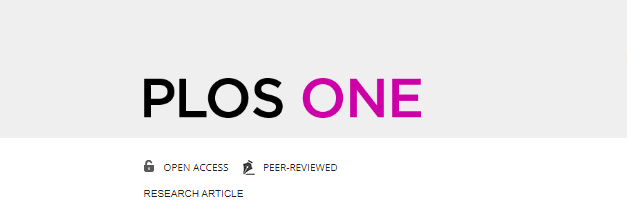Abstract
Background
Cardiovascular Disease (CVD) is the leading cause of death in developing countries. CVD risk stratification guides the health policy to make evidence-based decisions.
Methods
Nationally representative datasets of 2005, 2006, 2007, 2008, 2009, 2011, and 2016 STEPwise approach to non-communicable diseases risk factor surveillance (STEPS) studies were used to generate the 10-year and 30-year risks of CVD based on Framingham, Globorisk, and World Health Organization (WHO) risk estimation models. Trend of CVD risk was calculated from 2000 until 2016 and projected to 2030.
Results
In 2016, based on Framingham model, 14.0% of the Iranian, aged 30 to 74, were at great risk (≥20%) of CVD in the next 10 years (8.0% among females, 20.7% among males). Among those aged 25 to 59, 12.7% had ≥45% risk of CVD in the coming 30 years (9.2% among females, 16.6 among males). In 2016, CVD risk was higher among urban area inhabitants. Age-standardized Framingham 10-year CVD risk will increase 32.2% and 19%, from 2000 to 2030, in females and males, respectively. Eastern provinces had the lowest and northern provinces had the greatest risk.



No responses yet